The ASEAN Community officially took shape on December 31, 2015 with three pillars of the ASEAN Political-Security Community ( APSC), the ASEAN Economic Community (AEC) and the ASEAN Socio-Cultural Community (ASCC). The APSC plays an important role in the context of complicated happenings in the region and tensions in the East Sea that require ASEAN countries to strengthen solidarity and enhance its central role and position in resolving international and regional security issues.
The formation of APSC aims to create a peaceful and secure environment for development in Southeast Asia through enhancing the bloc’s political-security cooperation and contribution by its partners. The cooperation within the APSC framework consists of cooperation to construct comprehensive regional security and to respond to such non-traditional security challenges, such as trans-national crime, terrorism, natural disasters response and maritime security.
The APSC does not mean to create a regional army, alliance or common defence alliance and member countries are free to follow their own foreign policies and defence policies.
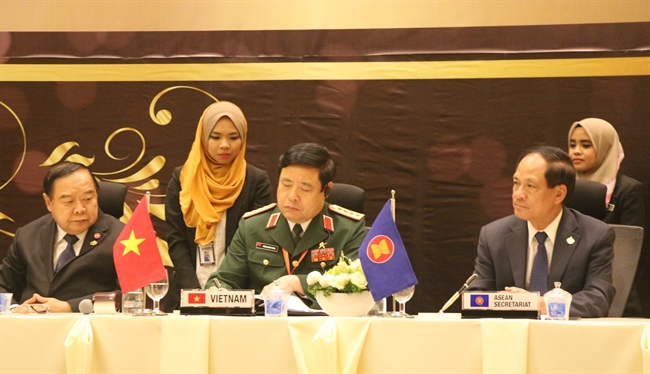
Vietnam’s Minister of Defence Phung Quang Thanh signs the Joint Declaration on “Maintaining Regional Security
and Stability for and by the People” at the 9th ASEAN Defence Ministers’ Meeting in Malaysia. Photo: VNA
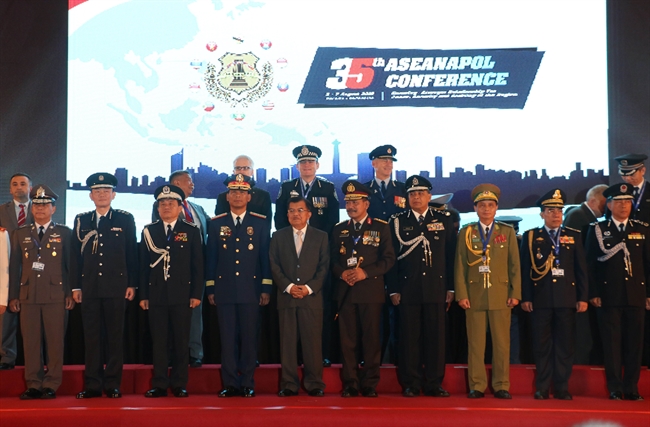
The 35th ASEANAPOL Conference held in Jakarta, Indonesia. Photo: Do Quyen/VNA
 The 17th ASEAN Regional Forum (ARF-17) in Hanoi. Photo: Nhan Sang/VNA
The 17th ASEAN Regional Forum (ARF-17) in Hanoi. Photo: Nhan Sang/VNA
Vietnam and Cambodia sign an agreement on cooperation in addressing women and children trafficking. Photo: Nguyen Huu Ha/VNA
In the Declaration of ASEAN Concord II (Bali Concord II) approved at the ASEAN Summit in September, 2003 in Bali, Indonesia, the ASEAN Security Community (ASC) which then changed its name into the ASEAN Political-Security Community (APSC) is defined as one of three pillars of the ASEAN Community, which aims to ensure that countries in the region live at peace with one another and with the world in a just, democratic and harmonious environment.
The APSC Blueprint envisions ASEAN to be a rules-based Community of shared values and norms; a cohesive, peaceful, stable and resilient region with shared responsibility for comprehensive security; as well as a dynamic and outward-looking region in an increasingly integrated and interdependent world.
Accordingly, the bloc has promoted political cooperation, shaped and shared norms, taken confidence building measures, promoted dialogue and mutual understanding to prevent conflicts, enhanced co-operation in national defence and security, as well as fostered conflict resolution, peaceful settlement of disputes, post-conflict peace-building and non-traditional security issues.
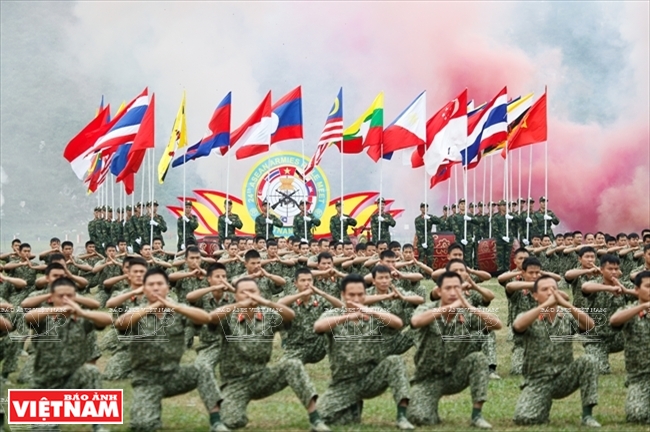 Vietnam hosts the 24th ASEAN Armies Rifle Meet (AARM-24). Photo: Viet Cuong/VNP
Vietnam hosts the 24th ASEAN Armies Rifle Meet (AARM-24). Photo: Viet Cuong/VNP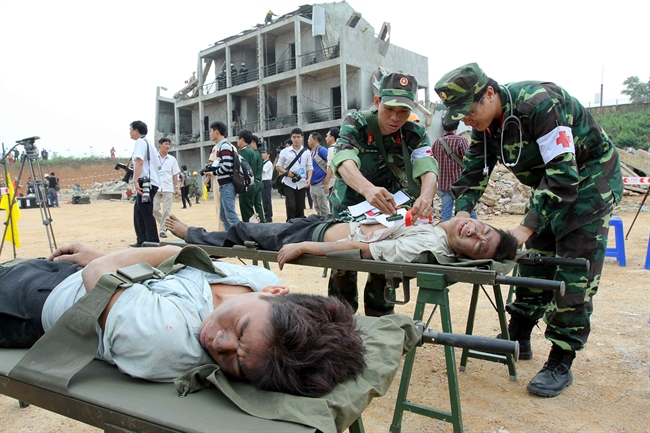
Vietnam hosts the ASEAN Disaster Emergency Response Simulation Exercise 2013 (ARDEX-13). Photo: An Dang/VNA

Vietnam’s Coast Guard conducts an armed piracy fighting drill to ensure maritime security and safety. Photo: Trong Duc/VNA
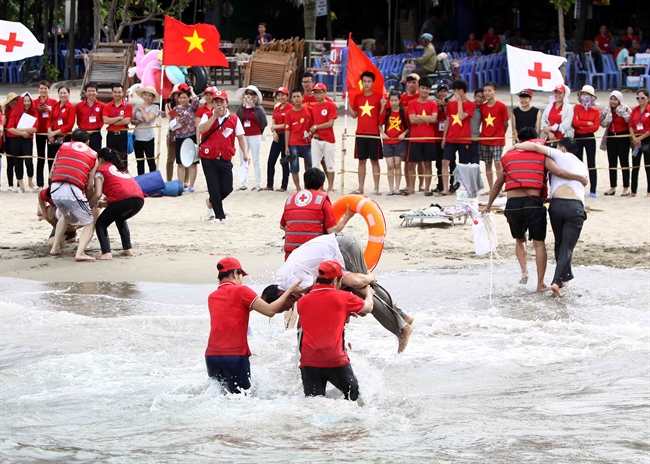
Vietnam conducts a drill on terrorist fighting, hostage rescuing and anti-rioting. Photo: Trong Duc/VNA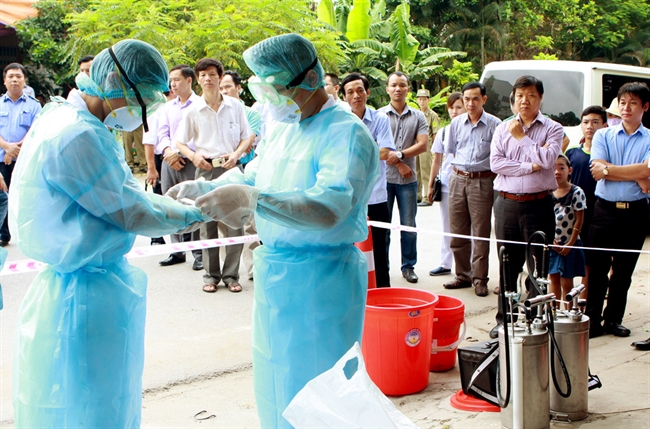
Hanoi conducts a drill on MERS-CoV fighting. Photo: Duong Ngoc/VNA
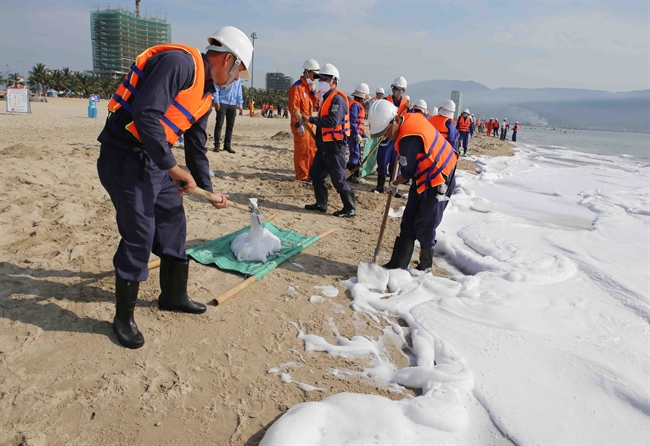
Vietnam conducts a drill on response to oil spills at sea. Photo: Tran Le Lam/VNA
Cooperation aspects in the APSC have been promoted through the Treaty of Amity and Co-operation in South East Asia (TAC) and the Treaty on the Southeast Asian Nuclear Weapon-Free Zone (SEANWFZ) and the Declaration on the Conduct of Parties (DOC) in the East Sea. Defence co-operation has been fostered through the ASEAN Defence Ministers’ Meeting (ADMM), the ASEAN Maritime Forum (AMF) and the Expanded ASEAN Maritime Forum (EAMF).
To consolidate and maintain the centrality in forming the regional structure, ASEAN has continually enhanced comprehensive cooperation with partners for mutual benefit, enhanced and diversified regional co-operative forums and dialogues, such as ASEAN+1, ASEAN+3, EAS, ARF, ADMM Plus with 8 partners of Australia, China, India, Japan, New Zealand, RoK, Russia and the US, and encouraged partners to make constructive and positive contributions to regional peace, stability and development, as well as to the ASEAN Community construction and connectivity, based on the bloc’s targets and relationship principles.
It is a long way from the establishment of ARF in 1994 to the initiative of the construction of ASEAN Political Security Community in 2003 to the decision of the ASEAN Summit in 2007 on building APSC as one of three pillars in the ASEAN Community. It shows the effort of member countries in promoting solidarity, strengthening the bloc, in responding to challenges of a new era for the benefit of all ASEAN members, which are peace, stability and economic development for common security and prosperity of the region.
By VNA/VNP